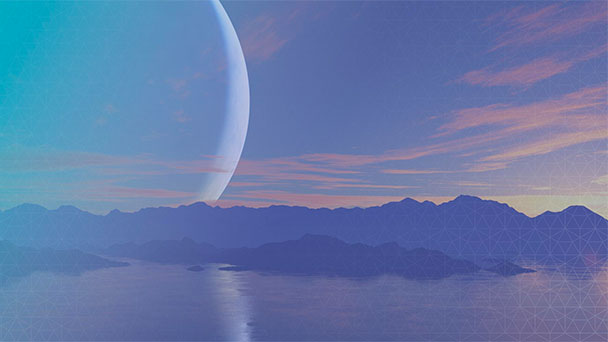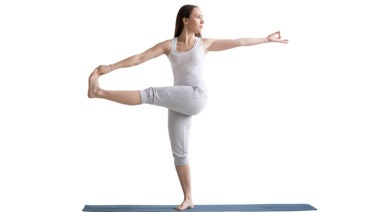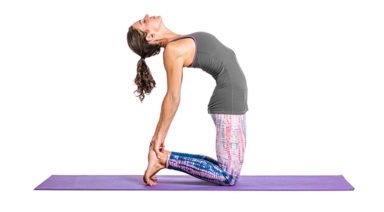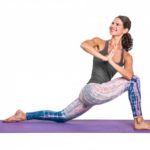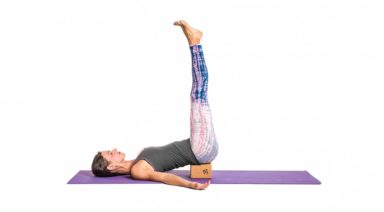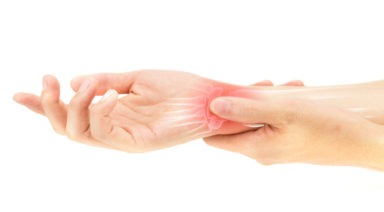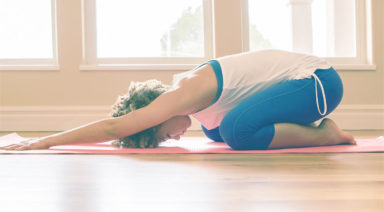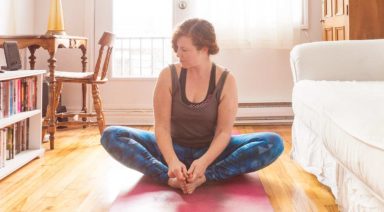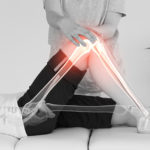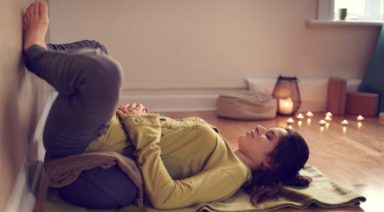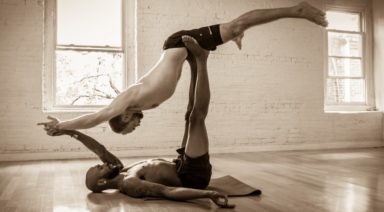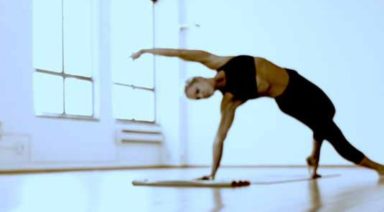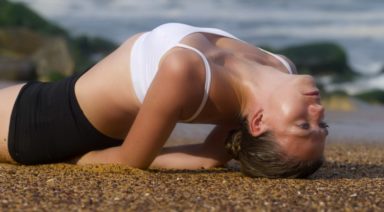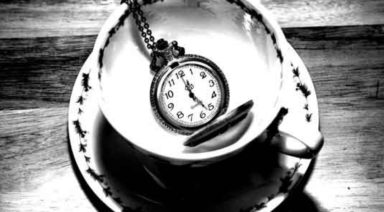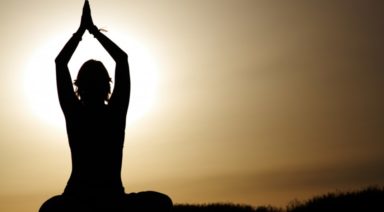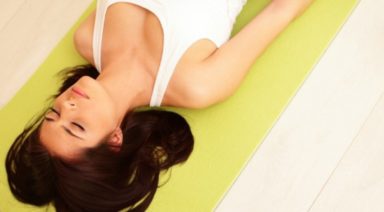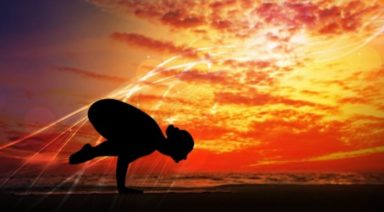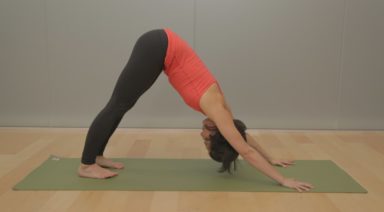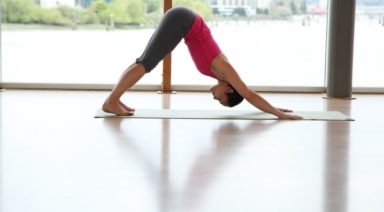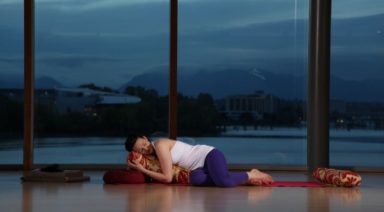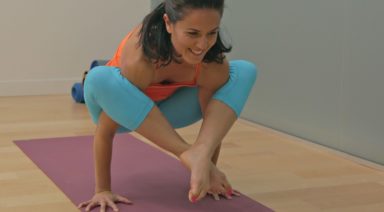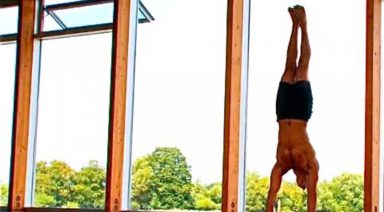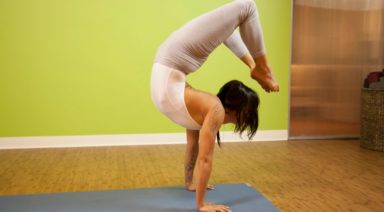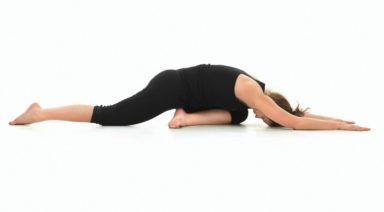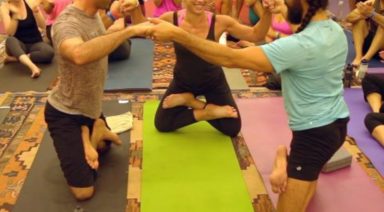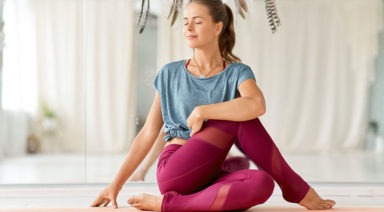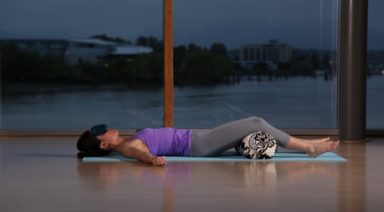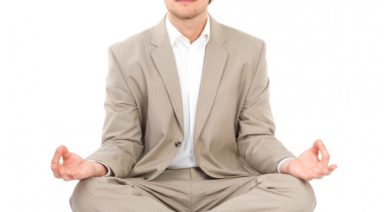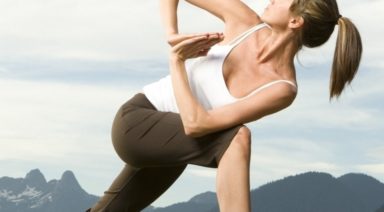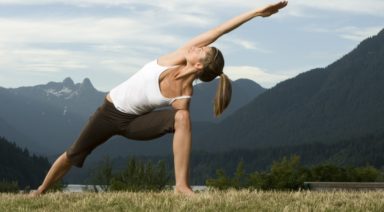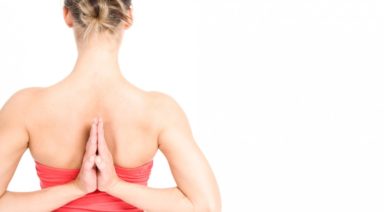Urdhva Mukha Svanasana: Upward Facing Dog Pose
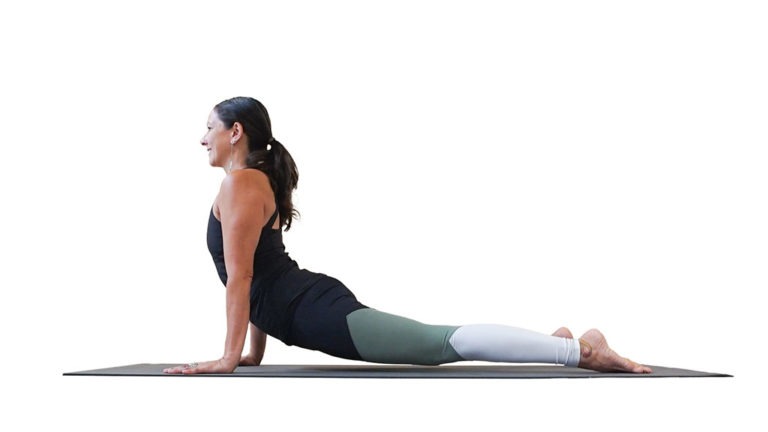
ADJUSTMENTS | BENEFITS | SEQUENCING | SANSKRIT | STEPS
Urdhva mukha svanasana (OORD-vah MOO-kah shvon-AHS-anna) is a challenging backbend commonly seen as part of the transition series in vinyasa yoga.
Philosophy + Origin
The Mahabharata tells a story about a loyal dog who accompanies Yudhishthira, one of the five Pandava brothers, to the gates of heaven. Lord Indra greets the pair at the gates, but tells Yudhishthira that the dog is not allowed into heaven. Upon hearing this, the brother argues for the sake of the dog, telling Lord Indra of its devotion and loyalty. Yudhishthira says that because the dog has been so loyal to him, he will return that loyalty. At this moment, the dog is revealed to be Dharma, and Yudhisthira and his loyal companion are welcomed joyously into heaven. When practicing upward facing dog, remind yourself of the loyalty and dedication you have to your practice and showing up each day in your life. Persistence is always rewarded.
ADJUSTMENTS/MODIFICATIONS:
- Place your hands on blocks to create more space in the body.
- Look straight ahead rather than lifting the gaze.
- Place a rolled blanket under the thighs for lift and support.
STEP-BY-STEP:
- Begin lying on your belly with legs extended behind you, tops of your feet on the ground. Place your hands on your mat just behind your shoulders, close to your torso.
- Press your feet firmly into the ground to engage your legs.
- Reach your chest forward and up, then press into your palms to continue lifting the chest and head.
- Straighten your arms and continue to press into the tops of your feet. If your hips stay on the ground, bend your elbows to accommodate.
- Draw your shoulders away from your ears. Keep your gaze forward.
- Hold for 3-5 breaths then release back to the ground or to downward facing dog.
PREPARATORY POSES:
- Cobra pose | Bhujangasana
- Bridge pose | Setu bandhasana
- High to mid plank | Chataranga dandasana
SEQUENTIAL POSES:
- Downward facing dog | Adho mukha svanasana
- Dancers pose | Natarajasana
- Upward facing bow pose | Urdhva dhanurasana
COUNTER POSES:
- Childs pose | Balasana
- Standing forward fold | Uttanasana
SANSKRIT:
- Urdhva = upward
- Mukha = face
- Svana = dog
- Asana = pose
PHYSICAL BENEFITS:
- Expands your chest and shoulders.
- Strengthens the musculature of your shoulder blades, hip flexors and core.
- Strengthens your lower back, arms and wrists.
ENERGETIC BENEFITS:
- Relieves symptoms of mild depression.
- Energizes body and mind.
Legal Disclaimer Before participating in any exercise program or using any fitness products or services that may be described and/or made accessible in or through the Gaia Website and/or the Services, you should consult with a physician or other healthcare provider. Read more about Gaia’s Terms Of Use.
Parivrtta Hasta Padangusthasana: Revolved Hand to Big Toe Pose
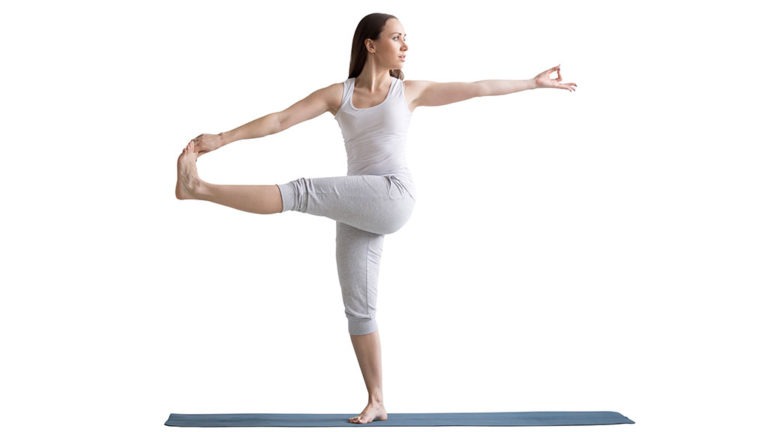
ADJUSTMENTS | BENEFITS | SEQUENCING | SANSKRIT | STEPS
Parivrtta hasta padangusthasana (par-ee-VRIT-tah HAS-ta pod-ang-goosh-TAHS-anna) is a balancing posture that asks for flexibility. Use props and modifications to make this challenging posture accessible from right where you are.
Philosophy + Origin
While the name of this pose is straightforward, many yoga teachers call it dancing Shiva, which opens up a whole new perspective for understanding parivrtta hasta padangusthasana. Traditional depictions of Nataraj, or dancing Shiva, show the arms and legs moving fluidly across the body, which is how the shape of this posture earned it its nickname. Shiva’s dance is often referred to as a cosmic dance of bliss, showing the universal cycles of creation and destruction, birth and death. Practicing dancing Shiva is a recognition of these cycles, and improves the ability to find balance and peace in the midst of eternal change.


